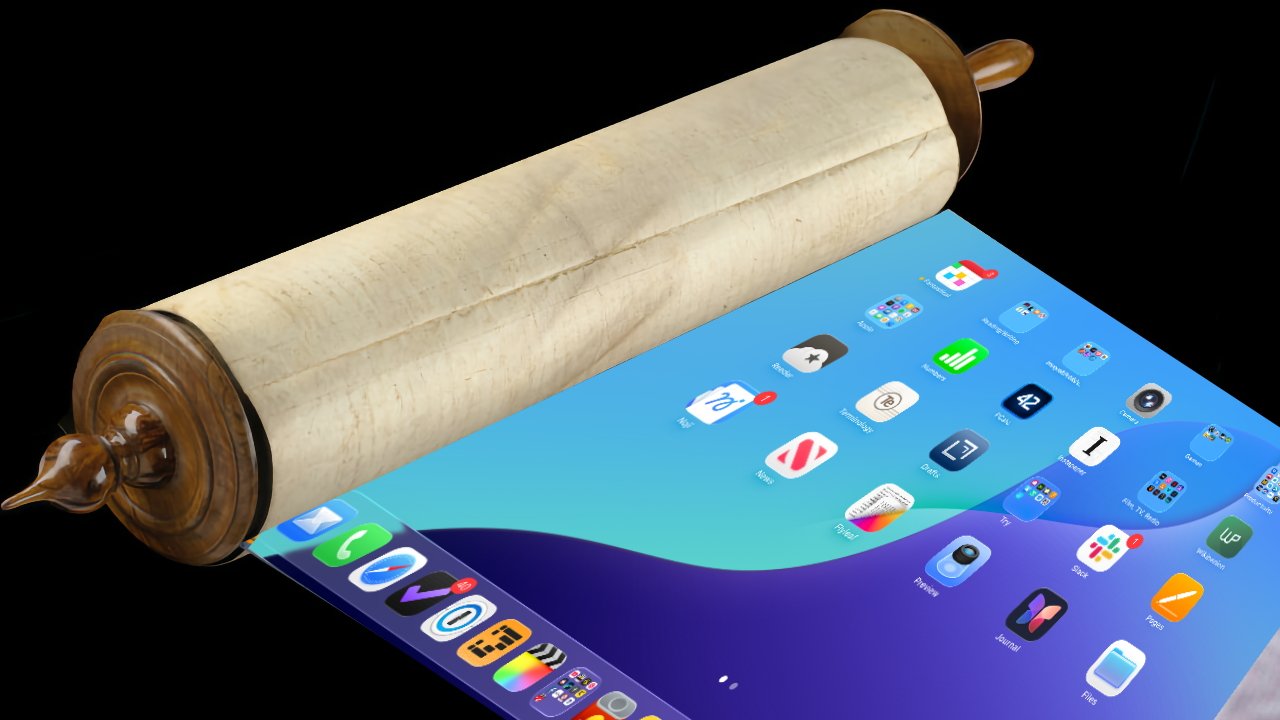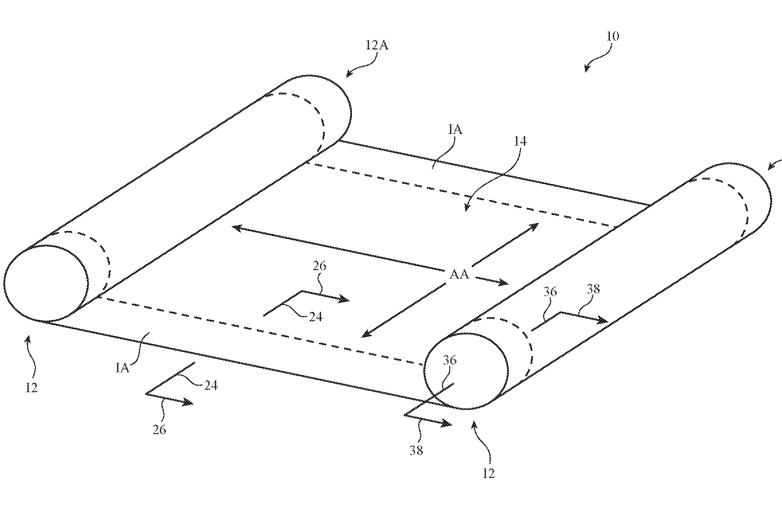news@appleinsider.com (William Gallagher)
2025-07-03 08:41:00
appleinsider.com
It won’t look like this – but it could. Apple’s patent includes drawings similar to this. (Scroll source: Fae on Wiki Commons)
To combat the common failure at the hinge that existing folding smartphones commonly suffer from, Apple has spent years looking at how to make iPhone or iPad screens that can be rolled out when needed, and rolled back up when not.
Following at least two earlier patents about foldable displays, and also much older ones, Apple is once more also investigating screens that can be stored rolled up.
“A flexible display may be wrapped around one or more rollers,” says the newly-revealed patent application called “Electronic Device With Flexible Display Structures.” It continues: “optional deployment rollers may be used to help deploy the display as [it] is pulled out of the housing.”
Much as it sounds, the purpose is not necessarily to replicate old-style parchment rollers, but rather to have a device such as an iPad with a screen that can be pulled out of the chassis. The rollers need not be so visible as a scroll, but rather a small part of the mechanism which allows such a screen to be held within a device and rolled out.
Apple aims to address how “rigid structures… can make it challenging to form compact electronic devices with desired features.” The patent does describe an application where there is such a rigid section for a housing printed circuit boards, electronic components, and so on, but then also a rollable display.
“In a stored position, the flexible display may be wrapped around a storage roller,” explains the patent. “Optional deployment rollers may be used to help deploy the display as the display is pulled out of the housing.”
Deployment rollers would keep the screen straight and steady as it’s removed, rather than this truly being like an old parchment roller where the paper can become wrinkled as it’s pulled out. “Elongated bistable support members may run along the edges of the display or may be overlapped by a central active area of the display to help stiffen and support the display in its extended position,” continues the patent.
Apple wants to make it so that the screen is useful at all times, too, so that it can display information even when rolled up. “A flexible display may be viewable through a transparent housing window before and after the flexible display is pulled out of the housing,” it says.
The patent application describes rolling the display around either one or two rollers, so you can imagine a screen being pulled out to show a small display, or then wider to provide a greater working space. As ever, Apple’s patent attempts to cover every conceivable use of this, so it specifies that such rollable displays could be housed in everything from a laptop to a pendant, or even eyeglasses.
“The housing may have a single body,” continues the patent, “eg when [the] device is a cellular telephone, tablet computer, wristwatch device etc… Or may have multiple body portions that are coupled by one or more hinges (e.g., in a laptop computer, a bifold or trifold device, or other device with foldable portions.”
Long term research
What’s especially significant about this newly-revealed patent application is that it is the sixth time it’s been applied for. And Apple has been awarded the patent for each of previous five times.
The original patent application was filed in 2017, and there have been subsequent re-submissions in 2020, 2021, 2023, and 2024.
Comparing the several versions of the patent, there are differences but it remains substantially the same idea. In 2020, Apple added details concerning modular display support structures and revised details about display bending, for instance.
By 2024, the developments concerned durability and specifically the use of new materials that should reduce wear. There was also a move to reducing the size of the device in order to work with thinner devices.
Those two new elements, along with proposals for an overall improvement in the roller mechanism, sound as if Apple is now refining, rather than redeveloping the idea.
This patent is credited to inventor Scott A. Myers. Among his more than 150 prior patents, there are many related ones such as “Electronic devices with sidewall displays.”
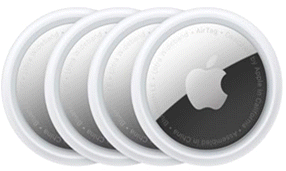
Keep track of your essentials with the Apple AirTag 4 Pack, the ultimate tracking solution for your belongings. With over 5,972 ratings and a stellar 4.7-star average, this product has quickly become a customer favorite. Over 10,000 units were purchased in the past month, solidifying its status as a highly rated Amazon Choice product.
For just $79.98, you can enjoy peace of mind knowing your items are always within reach. Order now for only $79.98 at Amazon!
Help Power Techcratic’s Future – Scan To Support
If Techcratic’s content and insights have helped you, consider giving back by supporting the platform with crypto. Every contribution makes a difference, whether it’s for high-quality content, server maintenance, or future updates. Techcratic is constantly evolving, and your support helps drive that progress.
As a solo operator who wears all the hats, creating content, managing the tech, and running the site, your support allows me to stay focused on delivering valuable resources. Your support keeps everything running smoothly and enables me to continue creating the content you love. I’m deeply grateful for your support, it truly means the world to me! Thank you!
BITCOIN
bc1qlszw7elx2qahjwvaryh0tkgg8y68enw30gpvge Scan the QR code with your crypto wallet app |
DOGECOIN
D64GwvvYQxFXYyan3oQCrmWfidf6T3JpBA Scan the QR code with your crypto wallet app |
ETHEREUM
0xe9BC980DF3d985730dA827996B43E4A62CCBAA7a Scan the QR code with your crypto wallet app |
Please read the Privacy and Security Disclaimer on how Techcratic handles your support.
Disclaimer: As an Amazon Associate, Techcratic may earn from qualifying purchases.




















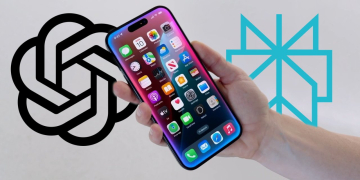
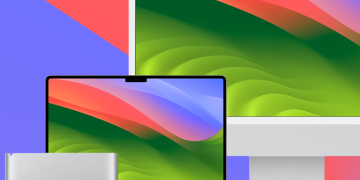
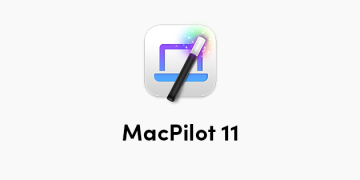

















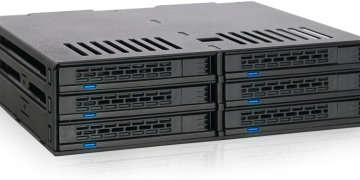
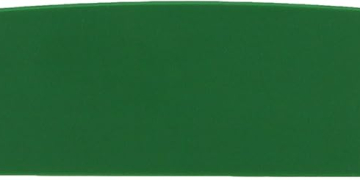
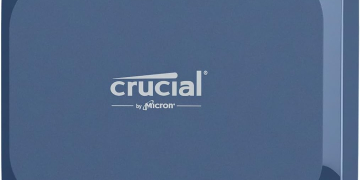














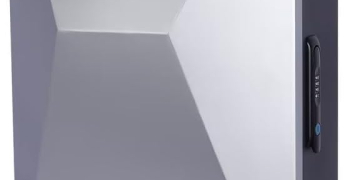
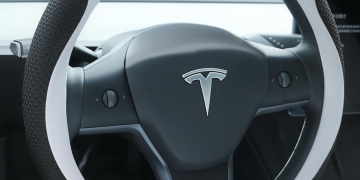
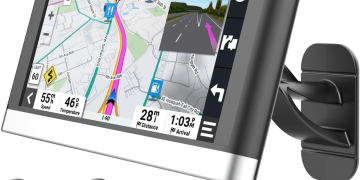
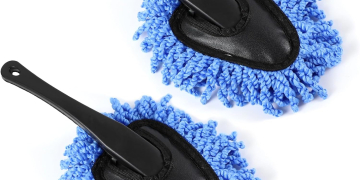







![Roswell: The U.F.O. Cover-Up [DVD]](https://techcratic.com/wp-content/uploads/2025/07/91p97-50EwL._SL1500_-360x180.jpg)

